Ruler and artist: Photographs by the late Sultan Ismail Nasiruddin Shah

This is part of a flashback editorial series on all things Malaysian. You can check out other flashback articles in the series for a journey through Malaysia’s past.
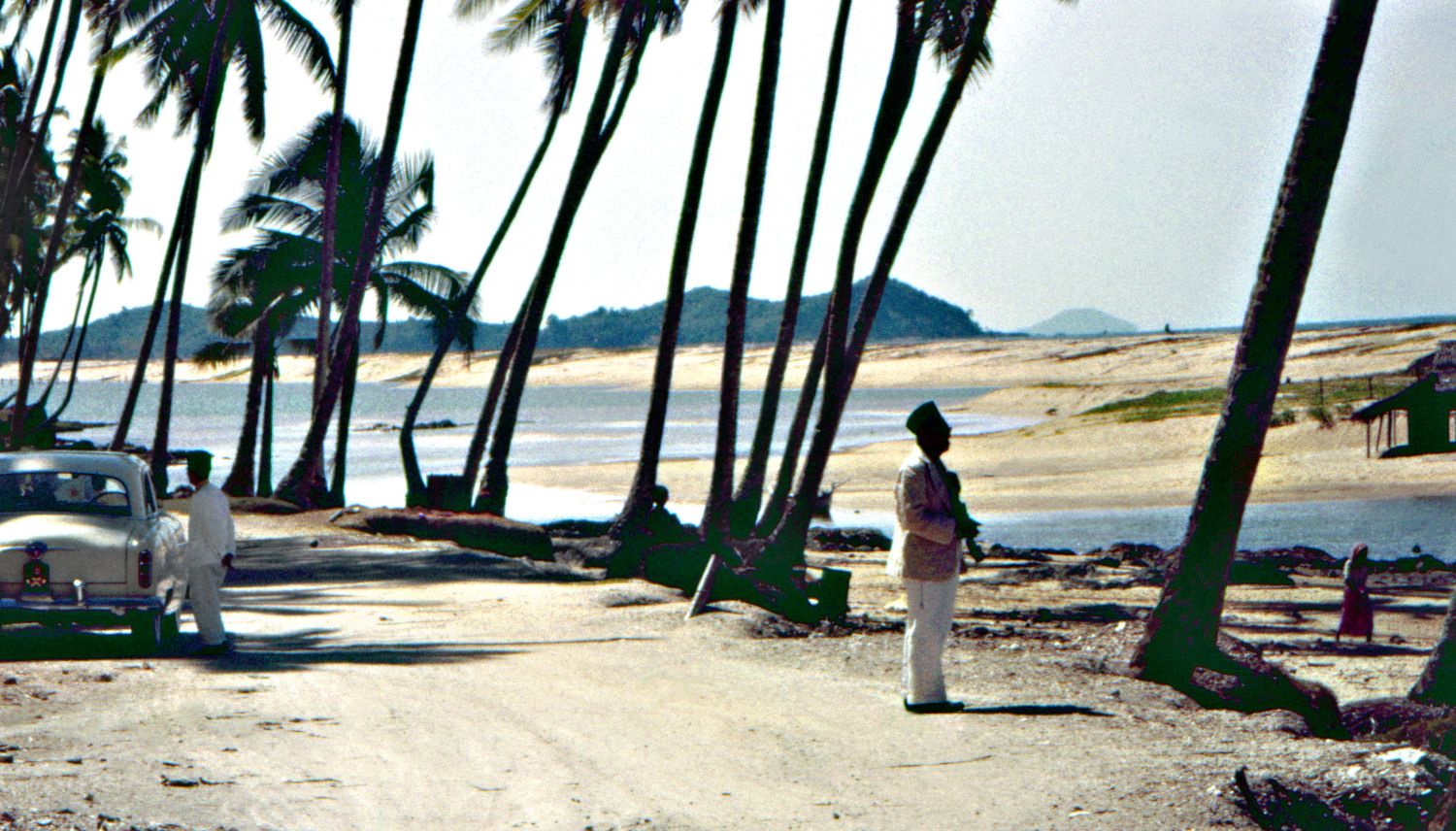
Many Malaysians will remember the the late Sultan Ismail Nasiruddin Shah (1907 – 1979) as the Sultan of Terengganu between 1946-1979, or the 4th Agong of Malaysia from 1965-1970. But the fact that he was an amateur photographer is not widely known, at least not until recently.
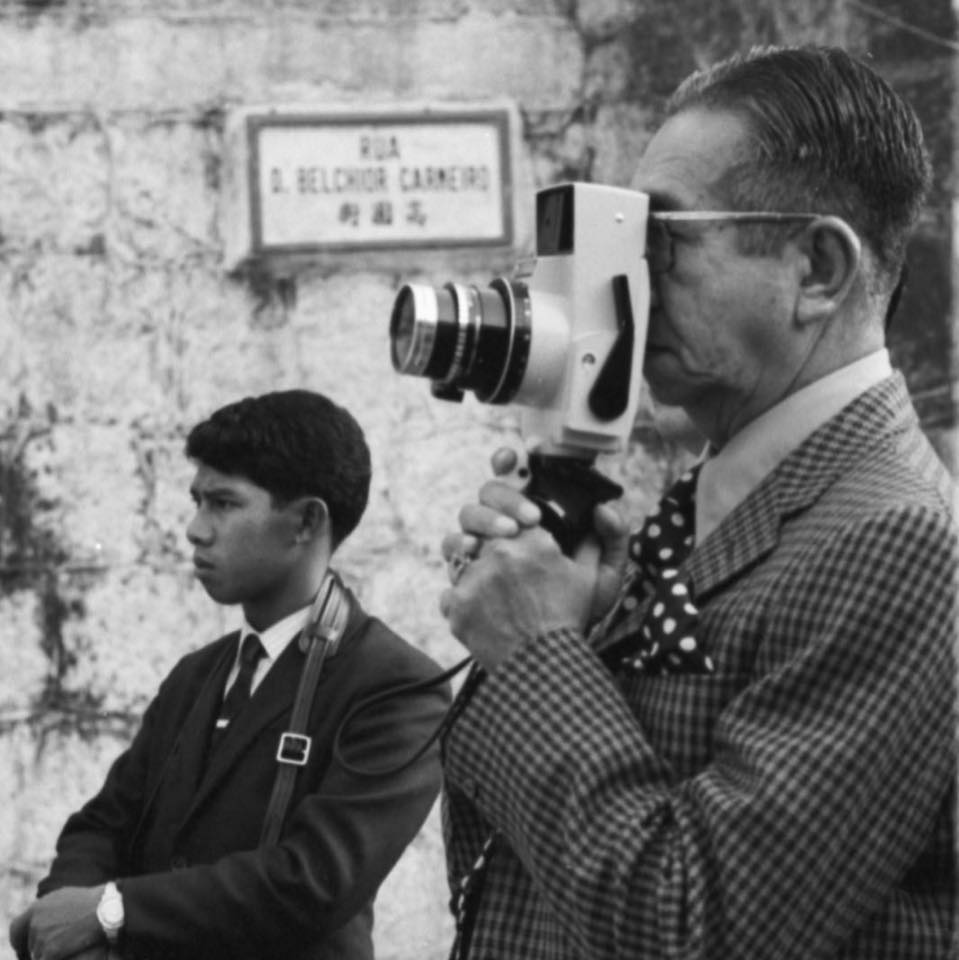
Sultan Ismail was, in fact, the patron of the Photographic Society of Malaysia. He was even inducted as Associate of the Royal Photographic Society (UK) in 1958, the first Malay photographer to have the honour.
Apart from that, he founded the Camera Club of Terengganu and in 1959 and was made an honourable member of the Photographic Society of Singapore for his services to photography in Malaya.
An additional accolade received by Sultan Ismail was the Excellence, Federation Internationale de l’Art Photographique award from Switzerland, another testament to his skill.
In the early 1920s, the 16 year-old Sultan Ismail was given a Kodak camera but it was only in 1928 at the age of 21 that he seriously took up photography. Under the tutelage of a retired Japanese photographer in Malaya at the time, Sultan Ismail learned the art of picture making.
The influences of his Japanese tutor is evident in his works, as his grandson, Raja Ihsan Shah mentions in the book HRH Sultan Ismail Nasruddin Shah: Pioneering Malaysian Photography 1923-1971.
The late Sultan Ismail also had his own dark room at his residence in Istana Badariyah where he developed his photos, even mixing the chemicals required on his own.
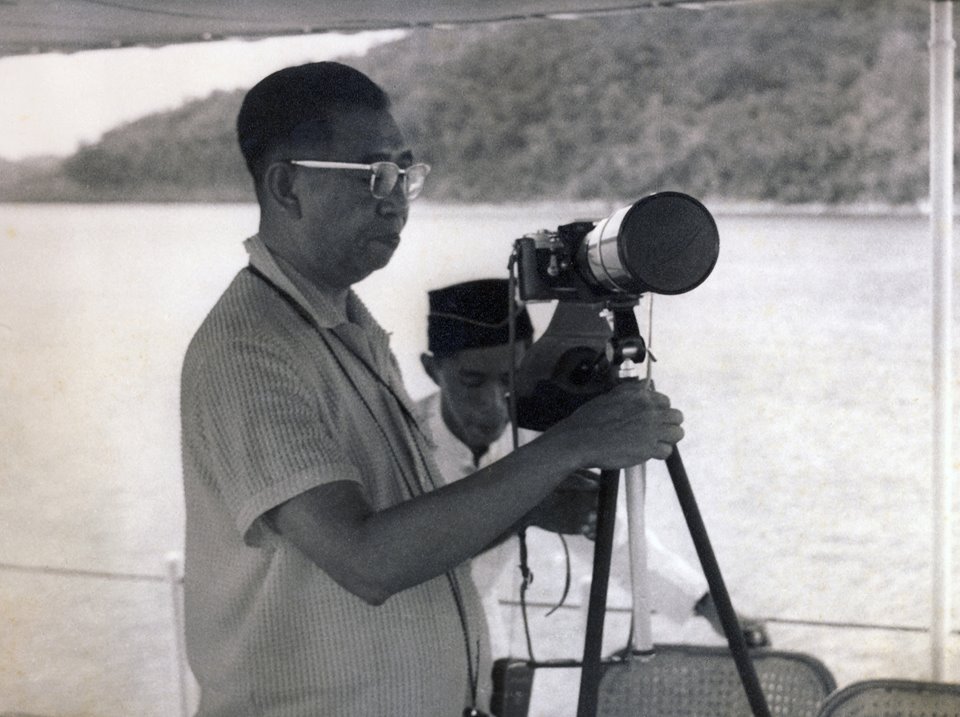
According to Raja Ihsan, Sultan Ismail loved going out to photograph the world in the early mornings and late afternoons, even with his entourage and bodyguards. Often, he would carry around two to three cameras with the help of his aide; a camera for black and white photography, one for colour (when the technology was finally available), and a cine-camera for video recording.
However, Sultan Ismail did not leave journals and there are only minimal notes and pieces of writing regarding his art which means that many are still unable to define or articulate what he was like as a photographer. This book by Raja Ihsan Shah is an attempt to do just that. It shows the country and the world that his grandfather was both, Sultan and artist – a ruler and pioneer of photography in Malaysia.
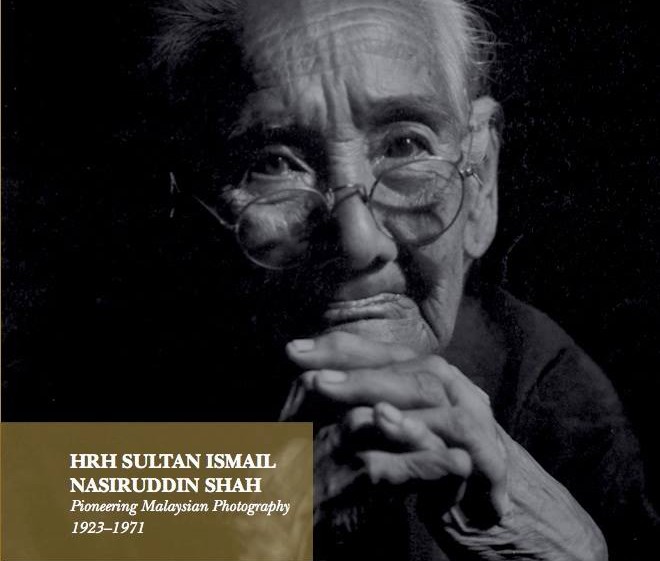
When he was a child, Raja Ihsan spent much time with his grandfather, even accompanying him on state visits. Raja Ihsan inherited his grandfather’s collection of vintage prints, original negatives, slides, and photography equipment. Since 1997, Raja Ihsan has dedicated his time and effort into cataloguing and restoring the many photographs and negatives left by his grandfather.
Raja Ihsan has also organised exhibitions to showcase Sultan Ismail’s works and published catalogues as well including Malaya Through His Eyes and August 1957.
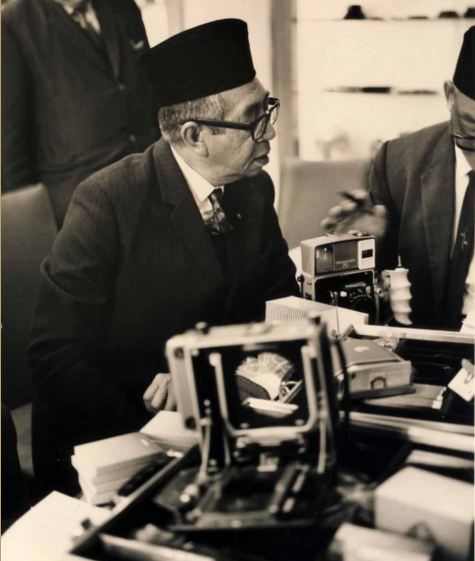
The current exhibition features photos published in Raja Ihsan’s most recent book, HRH Sultan Ismail Nasruddin Shah: Pioneering Malaysian Photography 1923-1971. The first segment was a collection of 50 monochrome black and white photographs shot in the 1950s depicting, among others, tranquil rural scenes and Malay agrarian societies in his home-state of Terengganu.
The second segment of the exhibition, which started yesterday, is titled The Marang Series: Experiments in Colour. Sultan Ismail was fond of experimenting with different techniques and equipment, so when the technology for colour photography arrived in Malaysia, Sultan Ismail embraced it. The colour photos he took are some of the earliest colour photographs taken of Malaya.
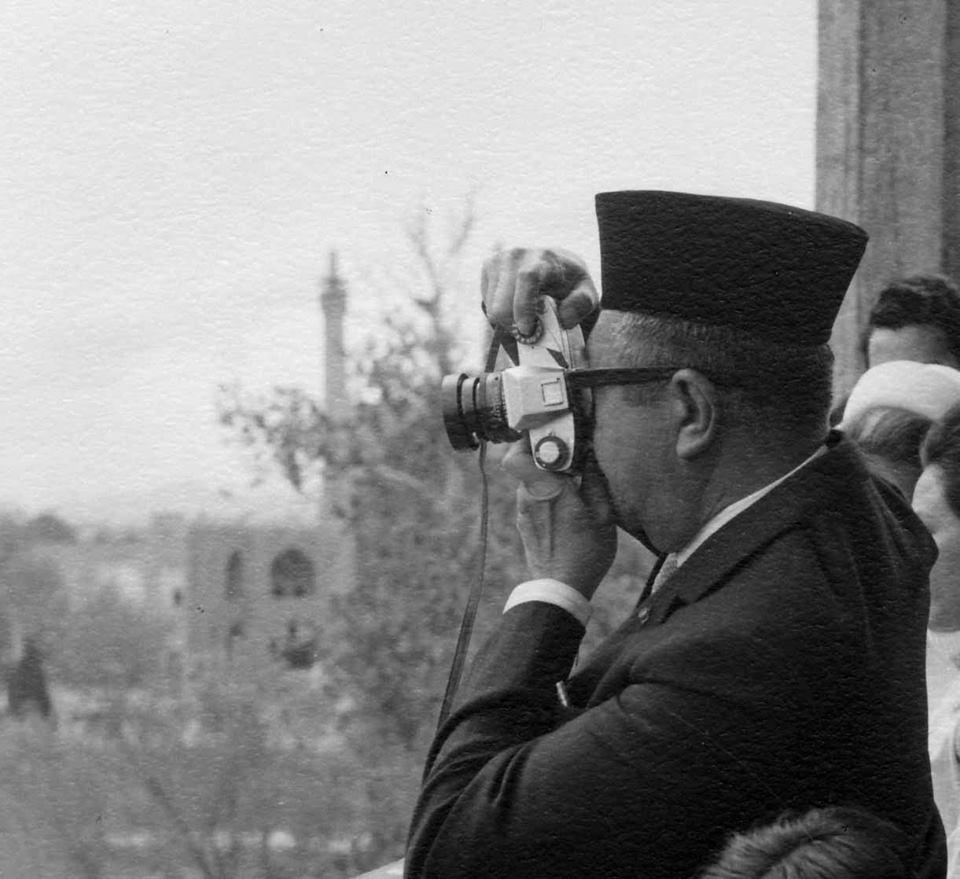
Scenes in Marang, Terengganu of calm shores and fishermen seem almost staged; a well-placed basket in line with a man walking by just at the right moment. Of course, these scenes weren’t staged at all. These photos are evidence of Sultan Ismail’s eye for composition and design, and his enduring patience to wait for just the right moment to capture on film.
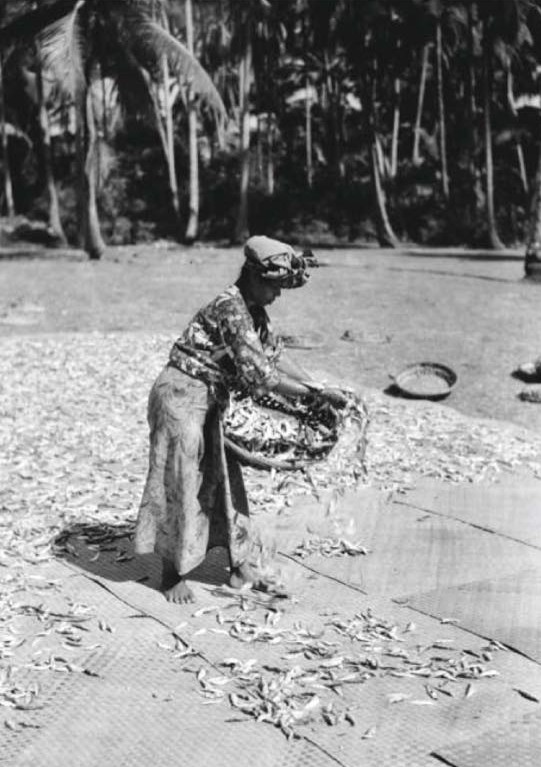
The exhibition also displays some vintage photos printed by Sultan Ismail himself. These were hand coloured by him using print oils, a Japanese technique called zokingake. The resulting photograph is mesmerising in its colour details and beautiful in composition.
Other exhibited photographs are printed from ektachrome slides and original negatives. These were scanned and then underwent a careful process of digital colour restoration.
Raja Ihsan pointed out that although scanning technology was already quite adequate in the late 1990s, it is only recently that printing technology has improved, allowing for enlargements and printing without compromising the quality of the original photo.
Details of the current exhibition
Venue: Islamic Arts Museum, Tasik Perdana, Kuala Lumpur
Date: Until 31st March 2017
Website: www.sultanismailphotography.com
"ExpatGo welcomes and encourages comments, input, and divergent opinions. However, we kindly request that you use suitable language in your comments, and refrain from any sort of personal attack, hate speech, or disparaging rhetoric. Comments not in line with this are subject to removal from the site. "

















